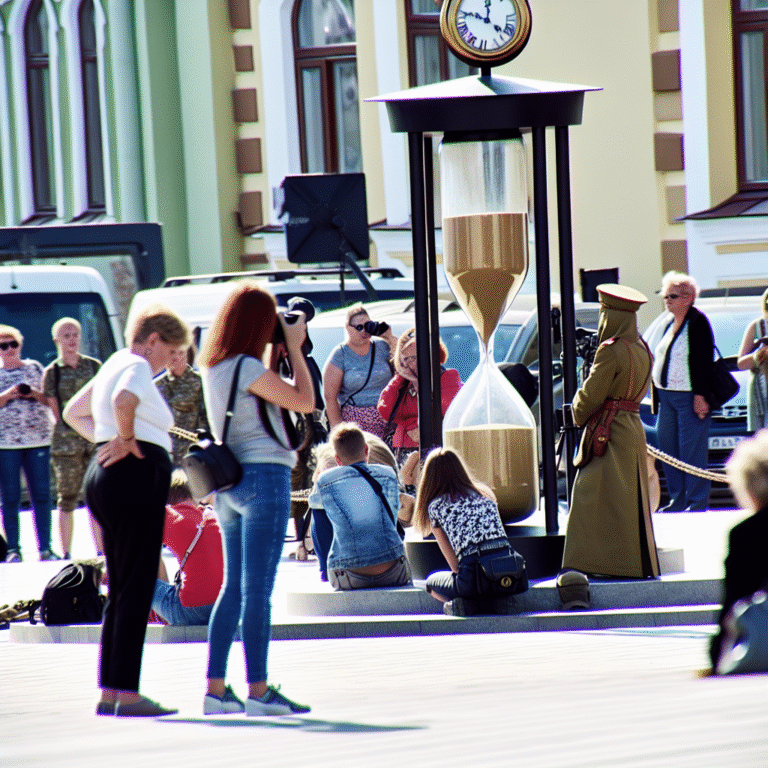This coming Sunday, as the clock strikes midnight, we will once again set our watches back an hour. For many years, this ritual heralded the end of afternoon light, often stifling opportunities for outdoor sports. However, following a pivotal change two years ago, most of Greenland has shifted to UTC -2, allowing for brighter afternoons and darker mornings.
Greenland’s time zones are uniquely structured, with three distinct classifications across the land. The prominent UTC -2 zone encompasses the majority of the country, while the Pituffik Space Base operates under UTC -4. On the eastern side, the weather station at Danmarkshavn stands alone at UTC +0. Notably, in October 2023, both West and East Greenland transitioned from UTC -3 to UTC -2, and come March 2024, Ittoqqortoormiit will follow suit. Aside from Danmarkshavn and Pituffik, the rest of Greenland observes both summer and winter time.
The benefits of this new time structure are clear, particularly for outdoor enthusiasts. Morten Jørgen Heilmann, an avid cross-country skier and founder of Pikkori Sport in Nuuk, notes how the additional hour of daylight can significantly impact training. “For technical sports like cross-country running, it’s easier to maintain balance with more light,” he explains.
However, the political winds appear to be shifting. Both Naleraq and Siumut are advocating for a return to UTC -3, a move that would darken the afternoons during winter. “Even if it’s just an hour, it makes a massive difference,” Heilmann asserts. “That extra hour of light is invaluable.”
Over the past few winters, Heilmann has witnessed a notable uplift in outdoor activity among youth. His own children now find themselves playing in the snow after school, instead of heading straight home as they did in years past. “There’s a visible shift in energy,” he remarks, noting increased interest among young customers at his outdoor store. “They are eager to explore equipment for outdoor adventures.”
The debate surrounding time zones is not just a matter of light but also one of accessibility, especially in business. With Greenland now an hour “closer” to Europe, opportunities for trade have flourished. “That extra hour means a lot, particularly when coordinating across time zones,” Heilmann explains.
As discussions continue, politicians in Inatsisartut recently evaluated proposals about remaining in UTC -2. All parties were supportive, forwarding the measure to the Legislative Committee, which plans to reexamine the issue on November 6.
The future of Greenland’s time zone hangs in the balance, with advocates like Heilmann hoping for a decision that aligns with the interests of both everyday life and commercial viability. As the hours shift, so too does the rhythm of life in this remarkable land.
